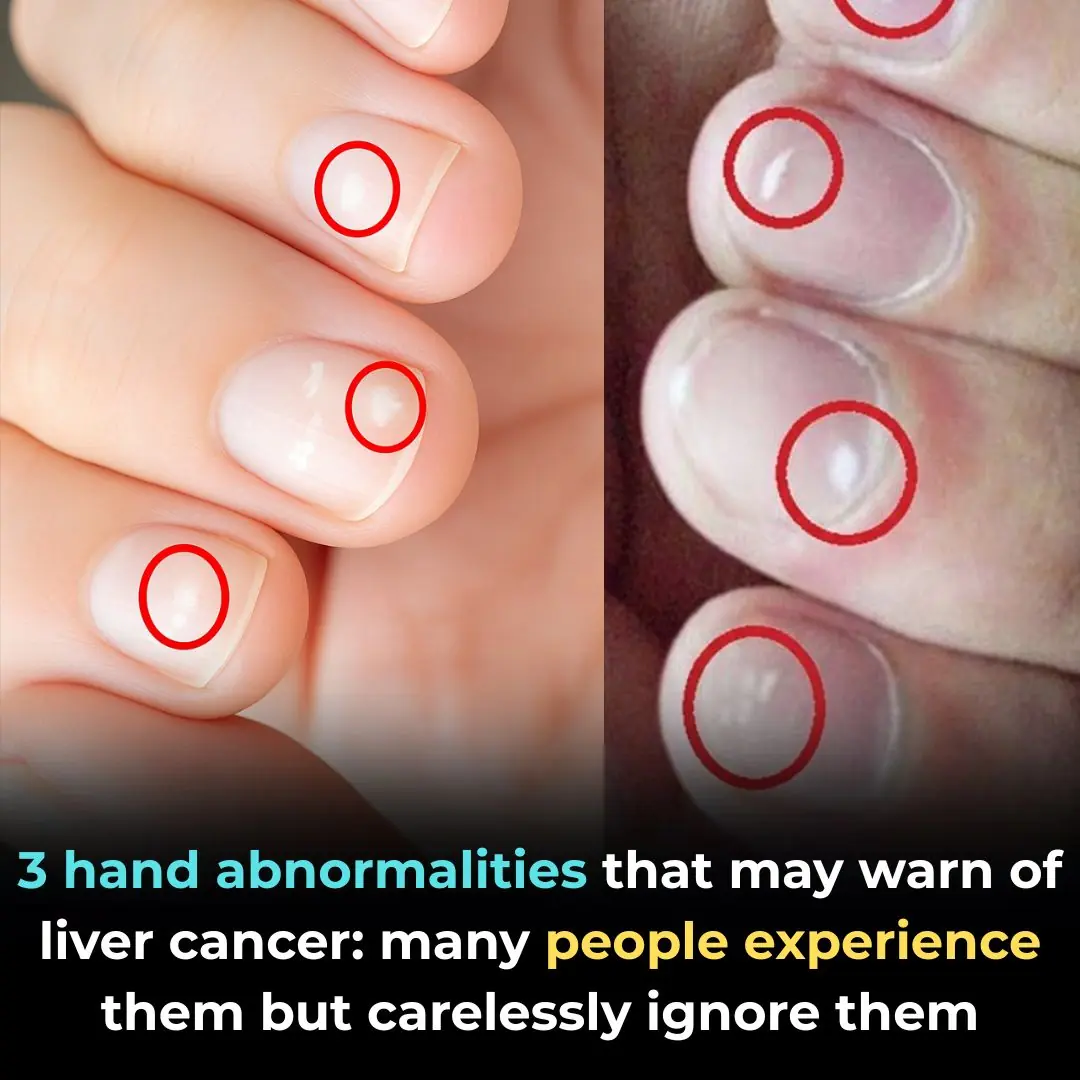
Warning Signs You Should Never Ignore: When These Symptoms Appear, See a Doctor Immediately — It Could Be Late-Stage Nasopharyngeal Cancer
Nasopharyngeal cancer (NPC) — or cancer of the nasopharynx, the upper part of the throat behind the nose — is one of the most aggressive and life-threatening cancers if not detected early.
Because its early symptoms often resemble common sinus or throat infections, many patients are diagnosed only when the disease has already advanced.
Understanding the early warning signs can make all the difference between full recovery and late-stage complications.
🧬 What Causes Nasopharyngeal Cancer?
Although the exact cause remains unclear, doctors have identified several major risk factors that increase the likelihood of developing NPC:
1. Smoking and Alcohol Consumption
Both tobacco smoke and alcohol contain carcinogens that damage the lining of the throat and nasal passages. Prolonged exposure causes chronic inflammation and cellular mutations.
According to the American Cancer Society (2024), smoking increases the risk of head and neck cancers by up to 10 times compared to non-smokers.
2. Epstein–Barr Virus (EBV) Infection
EBV — a common virus also linked to mononucleosis — has a strong correlation with nasopharyngeal cancer. The virus can alter DNA in epithelial cells, triggering abnormal growth.
3. Genetic Predisposition
A family history of NPC significantly raises risk, especially among individuals of East or Southeast Asian descent, where the disease is more prevalent.
4. Environmental Exposure
Frequent contact with air pollutants, formaldehyde, or industrial dust increases the likelihood of throat cell mutations.
5. Dietary Factors
Consumption of fermented or preserved foods like salted fish, pickled vegetables, and fermented sauces that contain nitrosamines is strongly associated with nasopharyngeal and gastric cancers.
World Health Organization (WHO, 2023) notes that nitrosamines are recognized carcinogens formed during the preservation and fermentation of certain foods.
🚨 Early Warning Signs of Nasopharyngeal Cancer
Most early symptoms seem harmless — resembling sinus infections or allergies — but when they persist for weeks, they should never be ignored.
1. Swollen Lymph Nodes in the Neck
Between 40–85% of patients develop hard, painless lumps on one or both sides of the neck. These enlarged nodes are often the first visible sign of metastasis.
2. Persistent Sore Throat or Coughing Up Blood
Long-lasting throat pain, especially when accompanied by minor bleeding or blood-streaked saliva, is a critical warning sign.
If these symptoms don’t resolve after two weeks, seek immediate medical evaluation.
3. Frequent Nosebleeds or Bloody Nasal Discharge
Small, recurrent nosebleeds or mucus mixed with blood can indicate tumor growth near nasal passages.
4. Chronic Nasal Congestion
Early in the disease, one side of the nose may feel blocked. As the tumor grows, both nasal passages can become obstructed, leading to breathing difficulty and headaches.
5. Difficulty Swallowing or Feeling of a Lump in the Throat
Tumor mass can compress the esophagus, making swallowing painful or difficult — especially with solid foods.
6. Voice Changes or Hoarseness
When cancer spreads to affect the vocal cords or nerves, the voice may become hoarse or muffled. Persistent hoarseness lasting more than two weeks requires medical attention.
7. Ear Pain or Hearing Loss
Because the nasopharynx is close to the ear canal, tumors can block the Eustachian tube, causing ear fullness, ringing, or partial hearing loss.
🩺 How to Lower Your Risk
While some factors (like genetics) cannot be changed, many lifestyle adjustments can greatly reduce your risk of NPC.
-
Quit smoking and limit alcohol – both are top risk factors for head and neck cancers.
-
Avoid preserved or fermented foods rich in nitrosamines.
-
Eat a diet high in fruits, vegetables, and antioxidants, which support immune function and DNA repair.
-
Exercise regularly to improve circulation and immune health.
-
Minimize exposure to pollutants or toxic fumes in work environments.
-
Get regular checkups, especially if you have family history or frequent ENT symptoms.
Cleveland Clinic (2024) emphasizes that early detection raises the five-year survival rate for nasopharyngeal cancer from 40% (stage IV) to over 90% (stage I).
🧠 Why Early Diagnosis Is Crucial
The nasopharynx is hidden deep behind the nose, so tumors often grow undetected until they spread to lymph nodes or other organs.
By the time obvious symptoms appear — such as severe pain, facial paralysis, or difficulty breathing — treatment becomes far more complex.
If you notice any of the signs above lasting longer than two weeks, consult an ear–nose–throat (ENT) specialist immediately.
Early imaging and biopsy can identify malignancy before it becomes life-threatening.
💬 Final Reminder
Nasopharyngeal cancer is aggressive but treatable — if caught early.
Don’t ignore persistent symptoms just because they seem minor.
If you experience swollen lymph nodes, prolonged sore throat, nasal bleeding, or voice changes, get checked as soon as possible.
Your vigilance today could save your life tomorrow.
News in the same category


I Just Learned That Adding a Drop of Medicated Oil to Laundry Water Has So Many Benefits

The Unexpected Power of Medicated Oil: What Happens When You Stick a Cotton Swab Inside the Bottle
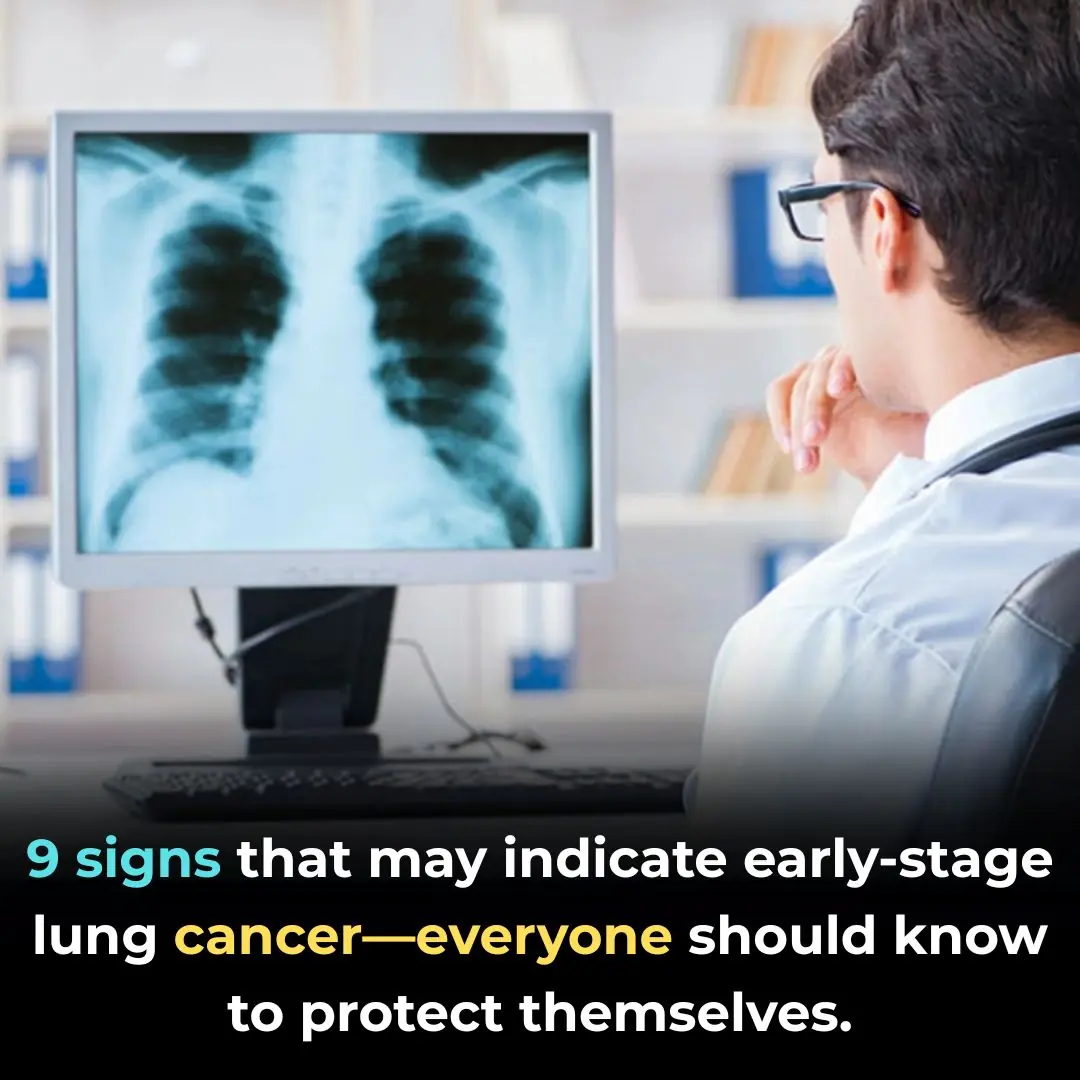
9 Early Warning Signs of Lung Cancer You Should Never Ignore

Why You Should Always Keep a Small Bottle of Medicinal Oil in Your Bathroom

Truth behind K Pop star's bizarre $4.5 quadrillion 'lawsuit' making her richer than Elon Musk

Calls for chess Grandmaster to be permanently banned after he 'harassed' 29-year-old champion weeks before death

8 Natural, Science-Backed Ways to Beat Motion Sickness — No Pills Needed

Father Gifts Daughter A House For Her 13th Birthday
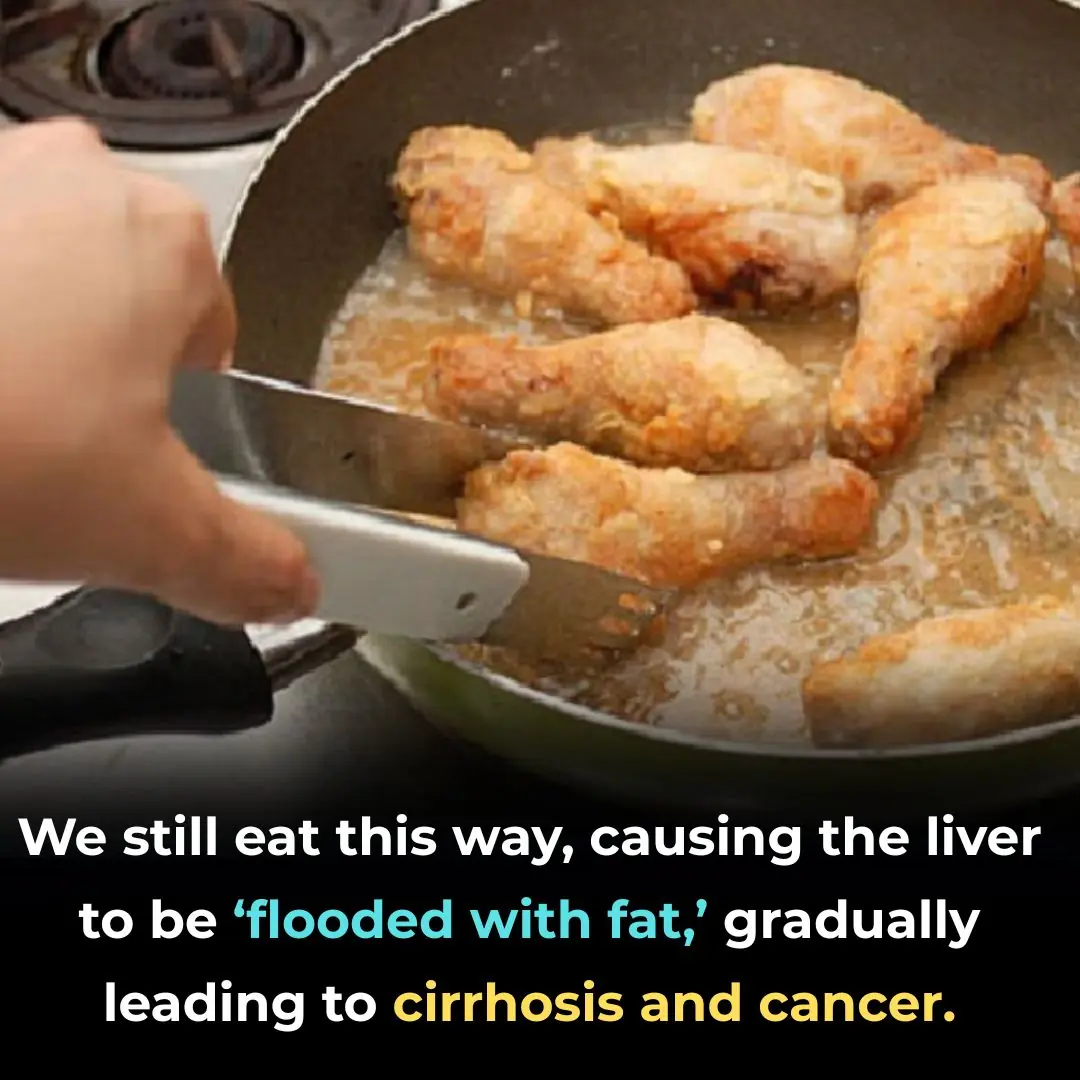
The Vietnamese Diet Habit That’s Damaging the Liver: A Silent Path Toward Fatty Liver, Cirrhosis, and Even Cancer

Apply This Simple Mixture — Even the Dullest Knives Will Become Razor-Sharp and Sparkling Clean

The Tiny Hole at the End of a Nail Clipper Has a Special Purpose — Most People Never Knew

Natural Tricks to Clean Rusty, Greasy Gas Stoves — Make Them Shine Like New

The Coffee-Drinking Habit That Cancer ‘Loves’: Why You Should Never Make This Mistake
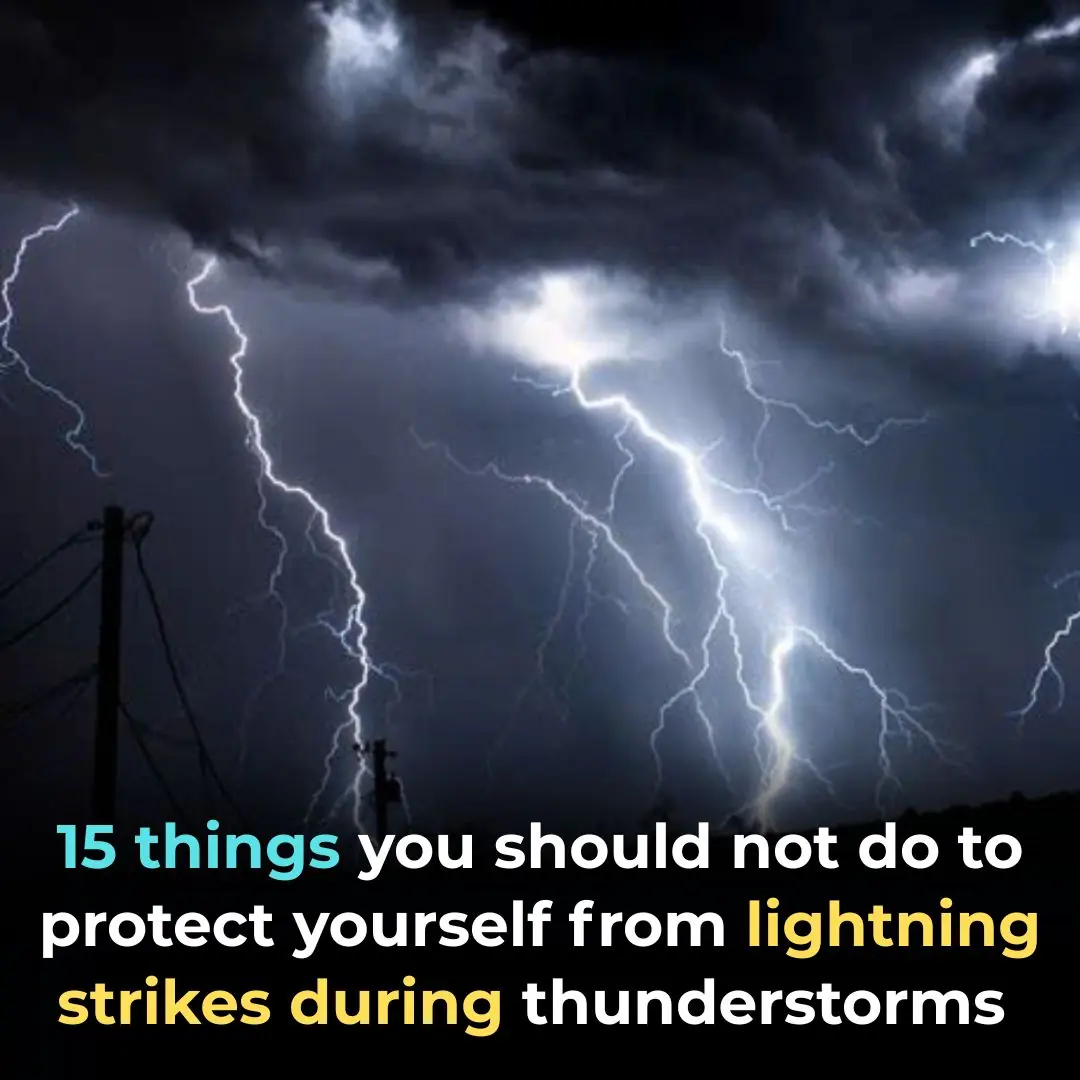
15 Things You Should Never Do During a Thunderstorm

8 Surprising Things You Can Do With Leftover or Expired Beer — You’ll Never Throw It Away Again!

Smart Ways to Fade Freckles and Reveal a More Even, Radiant Skin Tone

Everyday Emergencies: Small First-Aid Tricks That Could Save a Life

GTA 6 price set to soar for country of 130M people ahead of May 2026 release
News Post

3 Unusual Signs on Your Hands That Could Signal Liver Cancer

I Just Learned That Adding a Drop of Medicated Oil to Laundry Water Has So Many Benefits

The Unexpected Power of Medicated Oil: What Happens When You Stick a Cotton Swab Inside the Bottle

9 Early Warning Signs of Lung Cancer You Should Never Ignore

Why You Should Always Keep a Small Bottle of Medicinal Oil in Your Bathroom

Truth behind K Pop star's bizarre $4.5 quadrillion 'lawsuit' making her richer than Elon Musk

Calls for chess Grandmaster to be permanently banned after he 'harassed' 29-year-old champion weeks before death

American Beautyberry (Callicarpa americana): Benefits and How to Use It

Holding Cloves in Your Mouth: A Natural Way to Relieve Toothache

Everybody Hates Stinging Nettle, But Most People Don’t Know the Power of Its Root

A Grocery Store Encounter That Turned Into Something More

A Waitress Said “No” — And Changed a Mother’s Night Completely

The Secret Santa Who Gives All Year Long — And the Ripple of Kindness He Started
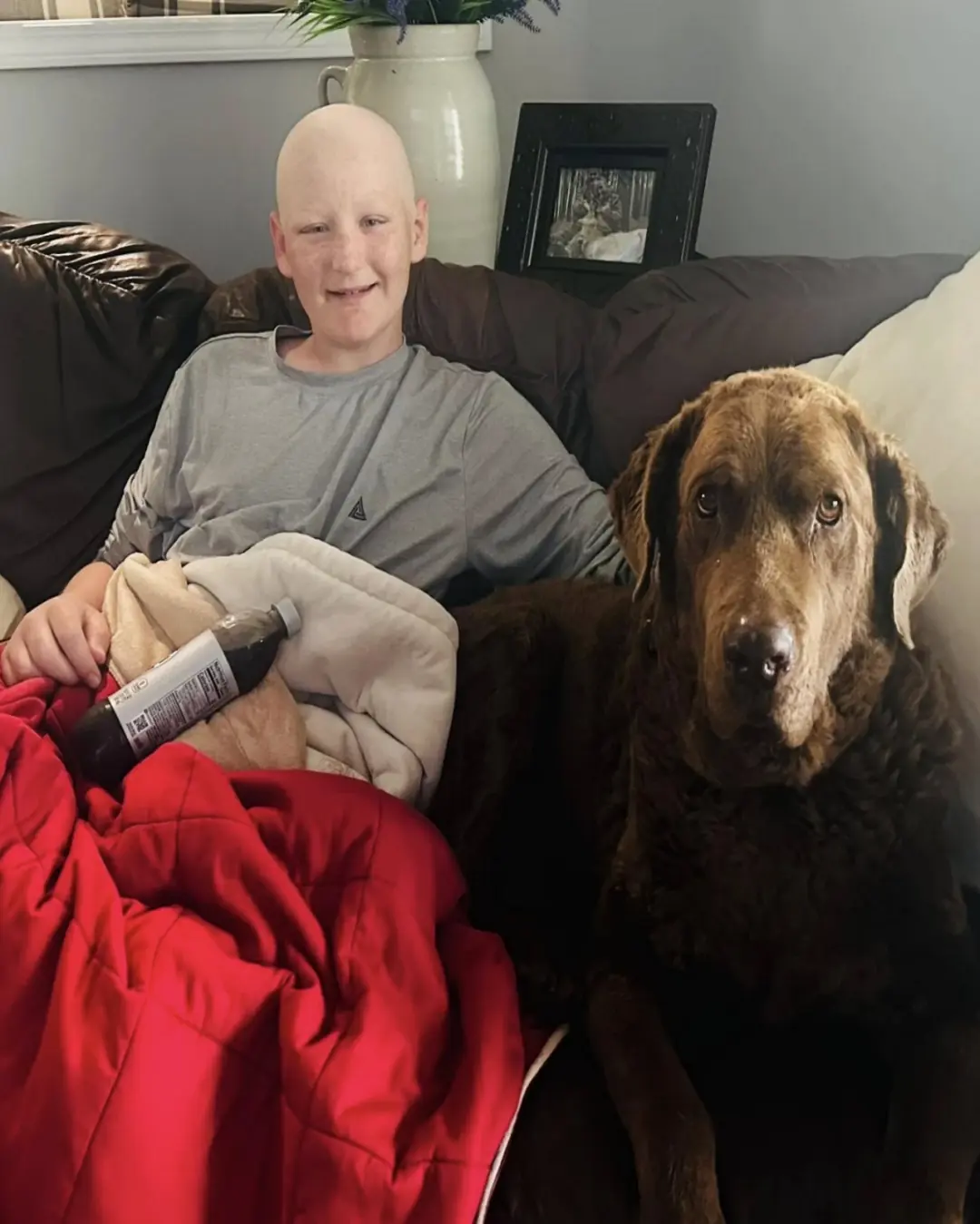
Will’s Best Sunday Ever: A Brave Teen’s Return Home

A Single Gesture That United a Crowd in Emotion

Agatka’s Fight: A Little Girl’s Battle With Severe Aplastic Anemia

Laika’s Last Journey: The Little Dog Who Touched the Stars

The Long Road Home: Max’s Journey Back to Love.
